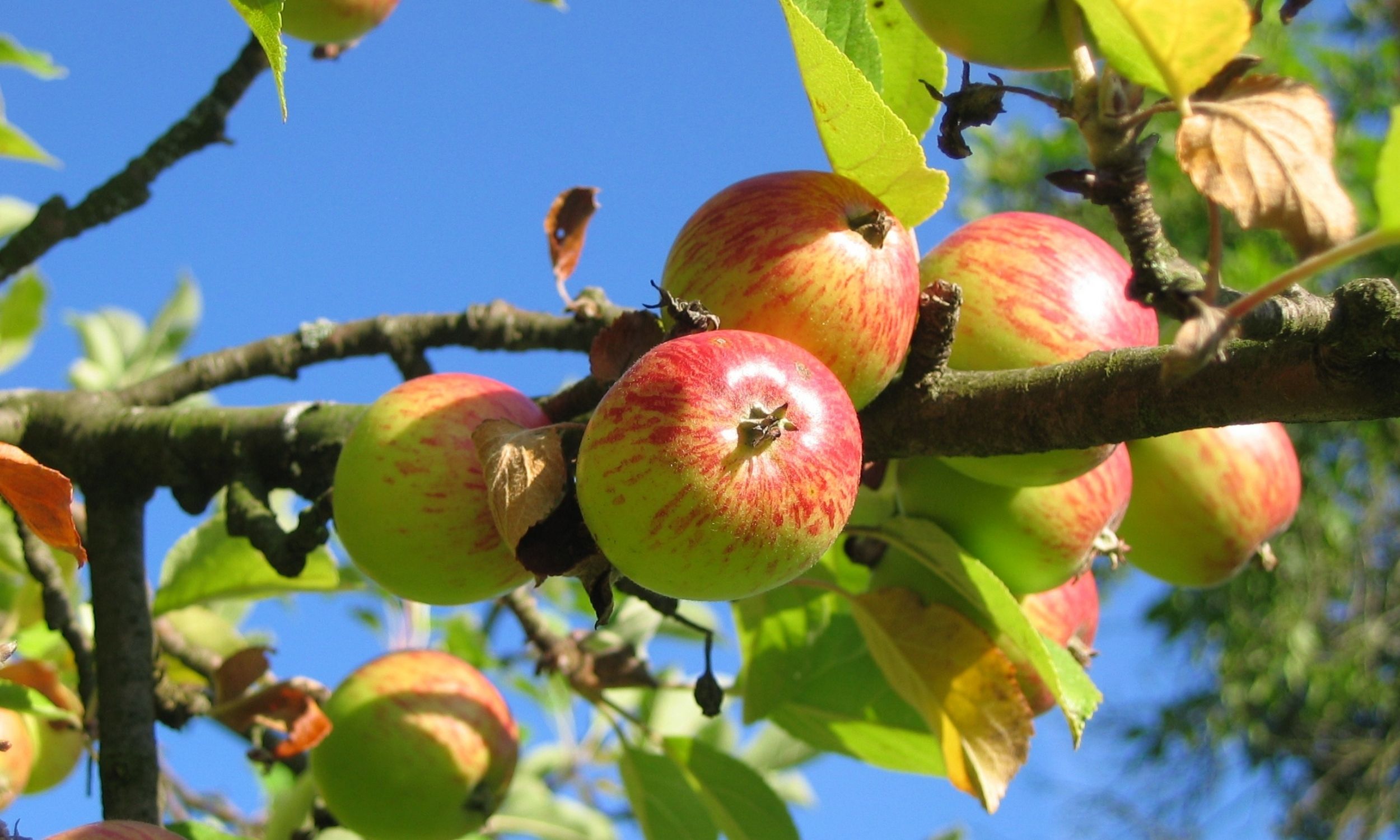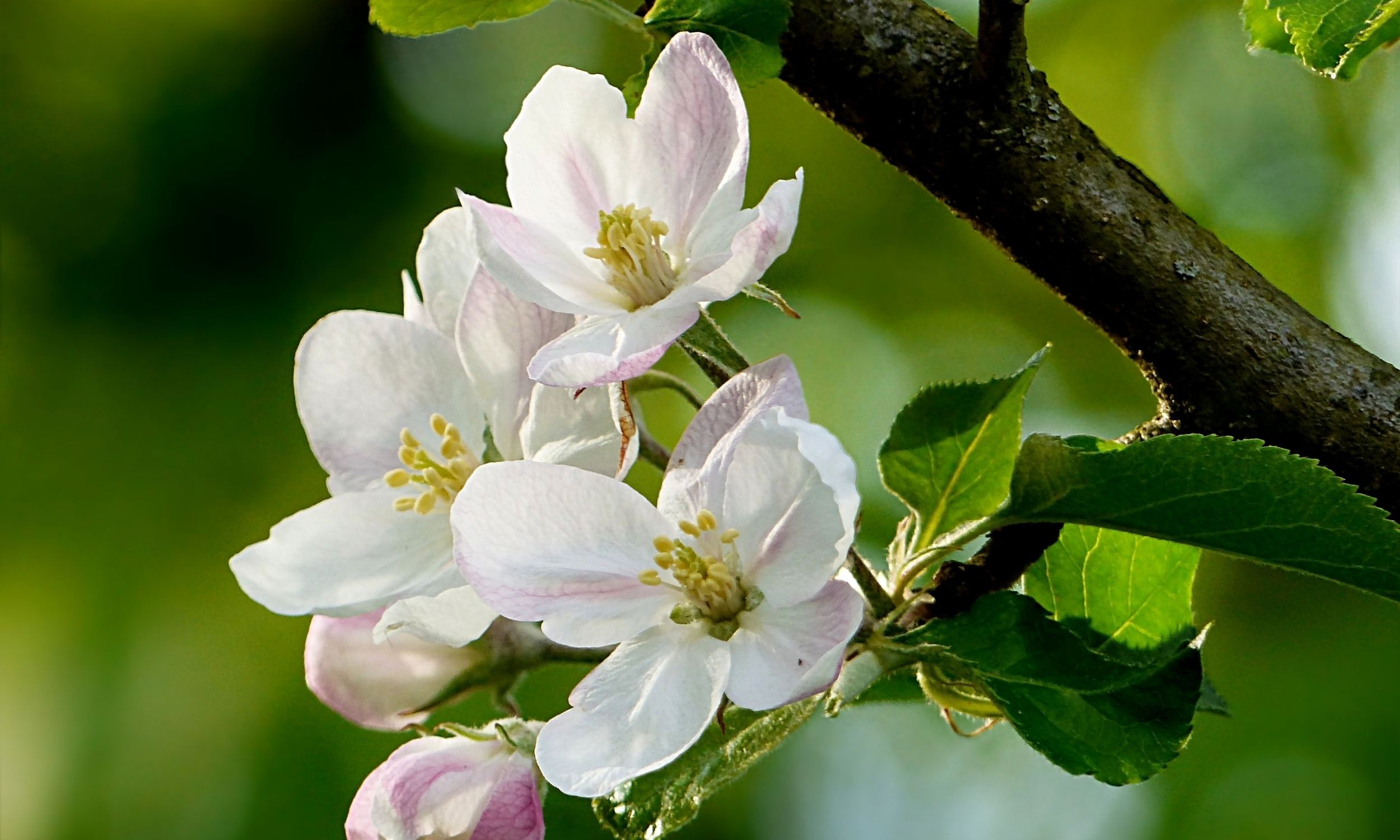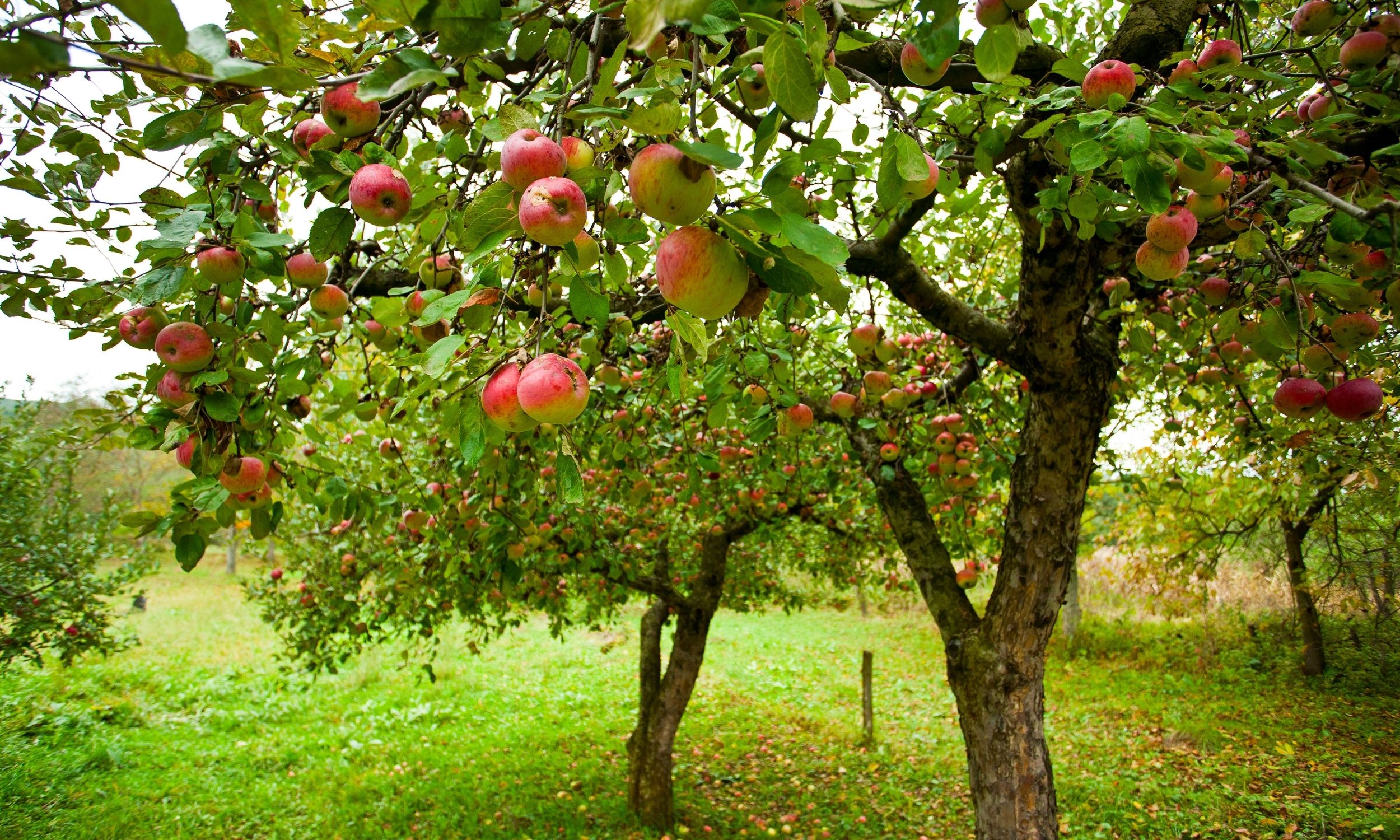Everything Apple Tree Care for Your Backyard Apple Trees
Do you have an apple tree in your backyard? Are you wondering how to take care of it? Well, wonder no more! Here is everything you need to know about apple tree care for your backyard apple trees. By following these tips, you can ensure that your apple tree stays healthy and produces plenty of delicious apples! So read on to learn more.
Disclosure: Some of the links below are affiliate links, meaning, at no additional cost to you, I will earn a commission if you click through and make a purchase.
Planting Apple Trees
When to Plant Apple Trees
Bareroot apple trees should be planted in late winter or early spring before the buds begin to swell. Container-grown apple trees can be planted any time of year as long as the ground is not frozen.
Where to Plant Apple Trees
When selecting a site for your apple tree, look for an area that gets full sun and has well-drained soil. Avoid low-lying areas where frost might settle. They will not tolerate wet feet, so avoid planting apple trees in areas that stay soggy after a rain.
Choose a location that is protected from strong winds, which can damage apple blossoms and young fruit.

Preparing the Soil for Your Apple Tree
Apple trees do best in soil with a pH of 6.0 to 7.0. Have your soil tested by your local Cooperative Extension Service to determine its pH level and nutrient content.
If you need to adjust the pH of your soil, add lime if the pH is too low or sulfur if the pH is too high.
Adding organic matter to the soil will also help improve drainage and provide nutrients for your apple tree.
Compost, rotted manure, or peat moss are all good additions to the soil.
How to Plant Apple Trees
Once you have selected a site and prepared the soil, it’s time to plant your apple tree.
If you are planting a bareroot apple tree, dig a hole that is twice as wide as the roots and just deep enough so that the tree is at the same level it was in the nursery. Loosen the soil around the edges of the hole and spread the roots out. Fill in the hole with soil, using your hands to firm it around the roots.
Water the tree deeply to help settle the soil and give the roots a good start.
If you are planting a container-grown apple tree, dig a hole that is twice as wide as the root ball but not any deeper. Carefully remove the tree from its container and place it in the hole. Fill in the hole with soil, using your hands to firm it around the roots.
Water the tree deeply to help settle the soil and give the roots a good start.

How do you take care of your apple trees?
Watering
Throughout the life of the tree, you should water its root zone thoroughly during the growing season whenever there is a dry spell. Ideally, the tree should receive one inch of water from rainfall or irrigation every week from May through October.
Support
It’s a good idea to stake the tree for the first few years. Either a wooden or metal stake will work. A stake should be about the height of the tree after being pounded two feet into the ground. Use a wide piece non-abrasive material to fasten the tree to the stake. Avoid narrow fastenings such as wire or twine, as they may cut into the bark.
Use tree guards to protect the trunk of your tree
Planting is a good time to install a tree guard. These are usually made of plastic and are available at most nurseries and online.
Tree guards protect your tree from winter injury and bark chewing by small mammals, such as voles (aka meadow mice) and rabbits.
Guards also reflect sunlight from the trunk, which helps prevent the trunk from heating up on a cold, sunny winter day.
If the bark temperature gets above freezing, water in the conductive tissue under the bark becomes liquid and begins to flow through the cells.
When the sun goes down or behind a cloud, the liquid water suddenly freezes, damaging the cells and sometimes killing all the tissue on one side of the trunk. This is called sunscald.
Once the tree has rough and flaky mature bark, neither winter sun nor chewing animals can harm it, so tree guards will not be necessary. For the first years of its life, however, it’s important to protect the trunk of your fruit tree.
Fertilizer and mulch
Once established, an apple tree planted on a favorable site, in properly prepared soil, should thrive with minimal fertilization.
- Nitrogen is normally the only mineral nutrient that needs to be added on an annual basis and can be added using compost.
- The branches of non-bearing young apple trees will normally grow 12 to 18 inches per year while the branches of bearing apple trees will grow 8 to 12 inches in a season.
- If growth exceeds these rates, apply no compost at all, as too much growth can keep fruit from developing, and lush growth is more susceptible to fireblight infection.
Weeding
For the first three to five years, grass and weeds should be removed from about a 3-foot radius around the tree.
Grasses can deplete soil moisture rapidly and will reduce tree growth.
Applying a few inches of mulch around the base of the tree will help prevent weeds.
Keep the mulch a few inches away from the trunk to prevent rodent damage and fungal growth.

How to Prune Apple Trees
Pruning apple trees is important for two reasons: to remove diseased or damaged branches and to promote fruit production. Apple trees should be pruned in late winter or early spring before new growth begins.
To remove diseased or damaged branches, cut the branch back to the point where it meets a healthy branch or the trunk of the tree. To promote fruit production, thin out crowded branches so that there is space between them. This will allow light and air to reach the fruit.
Growing And Caring For The Apple Tree In Order To Bear Fruit
Below is a break down by month to help you care for your apple tree during each month. This care is for both existing and new trees.
March. This is the best month to prune the existing trees right after the cold months have passed. Prune in this month before growth begins.
April – May. As soon as the soil is warm enough and can be worked on, plant bare-root trees. For existing trees, if last year’s growth was less than 12 inches, apply compost manure around the base to encourage better growth.
May – June. Plant potted plant after the threat of frost has ended. For existing trees, flowers begin to bud and turn pink. Watch out for disease and insect symptoms to treat the early sign of any sight.
May – October. Keep watering your trees as you would any other fruit tree in your yard.
June – July. Thin out the fruits by removing all the small and weak fruits to encourage larger fruit growth.
August –October. Harvest your ready fruits. Test for ripe fruits by tasting one fruit that seems to be fully colored. It is tastes too starchy; give the fruits a few days before harvesting.
October – November. Rake up fallen fruit and leaves and put them in compost or discard them.
November. Prepare the apple tree for winter by wrapping it to prevent injury.
November – March. Allow the tree to rest and watch out for any deer and vole damage. If you notice any damage, put fencing around your tree to protect it from further damage.
If you want to plant your own apple trees, make sure to follow the guidelines in this article so that you can enjoy years of backyard fruit harvests. For more information on taking care of your apple trees, be sure to check out our other blog posts on the topic. And if you’re looking for a comprehensive guide on how to start and manage your very own backyard orchard, check out Grow Your Own Mini Fruit Garden. It’s packed with all the information you need to get started growing delicious fruits right in your own backyard!
